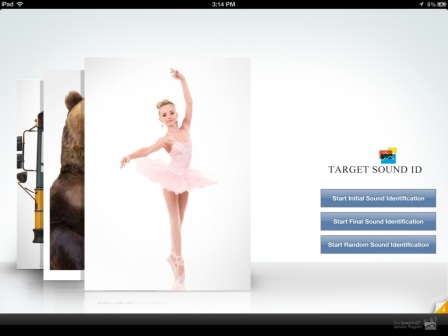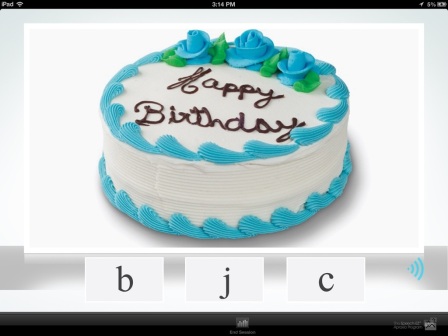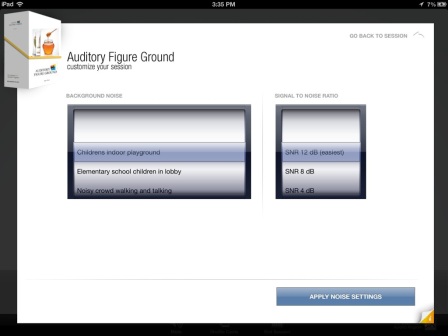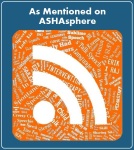Welcome to the the Speech-EZ Family of Apps giveaway! I’ll be giving away several copies of the following apps on 11/29/12!! Enter through Raffle Copter via the link at the bottom of the Page 🙂
Auditory Rhyming
Phonological awareness provides a beginning reader with an important tool for understanding relations between written and spoken language. A deficit in phonological awareness is accepted as a consistent feature of reading disabilities. Poor phonological awareness is linked to poor reading skills independent of IQ.
Children with deficits in one or more areas of phonological processing abilities may have more difficulty learning to read than those who do not. Phonological awareness describes an individual’s awareness of, and access to, the phonological structure of oral language.
The Auditory Rhyming app directly enhances and elevates phonological awareness skills in order for a young child to become a proficient reader and speller.
There are three different rhyme presentation options:
Inclusion:
The child will see and hear three picture cards: two that rhyme and one that does not. The child will identify, by tapping on, the two pictures that rhyme. After the child hears each word, he or she will be prompted to tap on the pictures that rhyme. For example, the child will hear: “big, beach, pig. Which two words rhyme?”
Exclusion:
The child will see and hear three picture cards: two that rhyme and one that does not. The child will identify, by tapping on, the picture that does not belong. After the child hears each word, he or she will be prompted to tap on the picture that does not rhyme with the other two words. For example, the child will hear: “cat, fan, bat. Which one does not rhyme?”
Random:
The random presentation is a mixed of the inclusion and exclusion presentation. This will place more auditory attention demands on the child, as they must listen for the specific directive.
Target Sound Identification
Target Sound Identification $29.99
Target Sound Identification helps to enhance and elevate phonological awareness skills in order for a young child to become a proficient reader and speller. The Target Sound Identification app includes over 350 colorful and engaging picture cards.
The child is presented with a picture card and a field of three sound (phonogram) cards. The child must identify (by tapping on) a sound in the specific requested position of the word. For example, “Point to the first sound you hear in the word: ship”. In this example the correct response is: sh. “Point to the last sound you hear in the word: dog”. In this example the correct response is: g.
You have the ability to choose if you would like to work on initial (first) sound identification, final (last) sound identification, or initial and final randomized.
- First Sound
- Last Sound
- Random
The randomized presentation will put more auditory attention demands on the child because they have to really attend to whether the target is asking for the first sound or last sound. Selecting “First Sound” will always ask to identify the first sound. Selecting “Last Sound” will always ask for the last sound.
This app is not intended to be self-guided by the child. The parent, teacher or specialist is to provide support and feedback to the child as needed.
Auditory Figure Ground
Do you need an app that will help you determine if your child or client is experiencing a breakdown in their auditory processing of speech when there is background noise or help you improve auditory processing skills in the presence of background noise? Auditory Figure Ground-$29.99, by The Speech-EZ Apraxia Program, will help you accomplish this!
This app uses beautiful photographs that are presented to the listener in a field of four. It’s recommended that a good set headphones be used to accurately simulate the speech in the presence of background noise (Over the ear headphones and not ear-buds). You start off by selecting the type of background noise and the signal to noise ratio you want, while the words are presented.
Background Noise
You have the option of: childrens indoor playground, elementary school children in lobby, noisy crowd walking and talking, small cafe ambience, white noise, and quiet (no background noise).
Signal to Noise ratio
You have the option of: SNR 12 dB (Easiest), SNR 8 dB, SNR 4 dB, SNR 0 DB, and SNR -4 dB (Hardest)
Sound Matching
The child must identify which word out of a field of two either begins or ends with the same sound as the target card. The child is presented with a target picture card and two other picture cards to sound match. For example, the child is presented with target picture card cub. “Which picture starts with the same sound as cub? leaf or coat.” The child must then tap on the picture of the coat. The following is an example of an ending sound match: “tub, fan, web. Which picture ends with the same sound as tub?”
You have the ability to choose if you would like to work on initial (first) sound matching, or final (last) sound matching, or initial and final in a randomized presentation.
- Starting Sound
- Ending Sound
- Random
The randomized presentation will put more auditory attention demands on the child because they have to really attend to whether the target is asking for the starting sound or ending sound. Selecting “Starting Sound” will always ask to identify the matching first sound. Selecting “Ending Sound” will always ask for the matching last sound.














If I won any of these apps, I would gift them to my child’s speech therapist. Currently, we have the apps but don’t use them in therapy like we should bc they are on our iPad and not the therapists. Thanks for this giveaway!
I think the earth needs to legalize it for a cploue of reasons. uno so I don’t go to jail (I’ve had over two oz of personal stash before) two for economic reasons barrel hemp can produce around 4 tons of seed even more fiber and also instead of crashing our economy with the closing of powerplants (while new ones are made in china) use helpcreat to put carbon inside houses instead of cutting down trees. I have more reasons to support it but hay this seems like a good start.
haha, you have no idea.. the schizophrenics are the wheakcd. let me explain off my source.According to the revised fourth edition of the Diagnostic and Statistical Manual of Mental Disorders (DSM-IV-TR), to be diagnosed with schizophrenia, three diagnostic criteria must be metDelusionsHallucinationsDisorganized speech, which is a manifestation of formal thought disorderGrossly disorganized behavior (e.g. dressing inappropriately, crying frequently) or catatonic behaviorNegative symptoms—affective flattening (lack or decline in emotional response), alogia (lack or decline in speech), or avolition (lack or decline in motivation) if you want a better idea about the less mild disorderscheck outschizoidand schizotypalthese two are the less mild schizoid being close to avoidant yet not quite exact. depression hurts indeed my friend but its treatable.but… not by medication or doctors.. by pure love and encouragement by people who actualy care about you.less then 6 people in my life care about me, but i dont take notice, for i dont care about them either. its what they deserve.if you want answers most therapists cannot give you,go to a pisces who is right in his head.i might be a little disorganized but im alright in the brain department for social skills on an online computer.some people might be afraid of schizophrenia but it isnt that bad..let me explain. i myself view myself as schizoid yet i dont have all of the symptoms, does it make me schizoid? or does it make me something no one has figured out alltogether? no one but yourself knows what you are going through. listen to me and go live a happy life. regardless about how crappy it might be, be ignorant about it? or just be like me and stop careing about it, just live on until you’re 30 and if you really dont like it, go seek mental help. unless it gets too severe for people like others to help you. Was this answer helpful?
SsDN02 kpbkuvpqhltq
JFK reduced taxes besauce it was necessary to stimulate given the economic environ. at the time. The rich in that era were paying around 91% tax. Today, it’s around 36% to nothing. The rich corp. now have acquired to much wealth which is dangerous besauce they have ALOT of money to lobby Washington! This is why they need to be regulated(increase taxes, cut taxloopholes, subsidies, etc). This is what people don’t understand. The media is brainwashing folks to think its wrong to tax these people!
Hello Jeremy, It was fun to meet you at Asha. You had given me a number for a free app, is it still good?
dear speech guy,
If only I knew how to tweet, I could have entered the drawing 3 more times.
you favorite ex-cf 🙂
Loving this giveaway…we don’t have any of these apps yet, but I would love them for my son who has CAS 🙂 He works so hard! I don’t use twitter, so no extra entries for me 😦